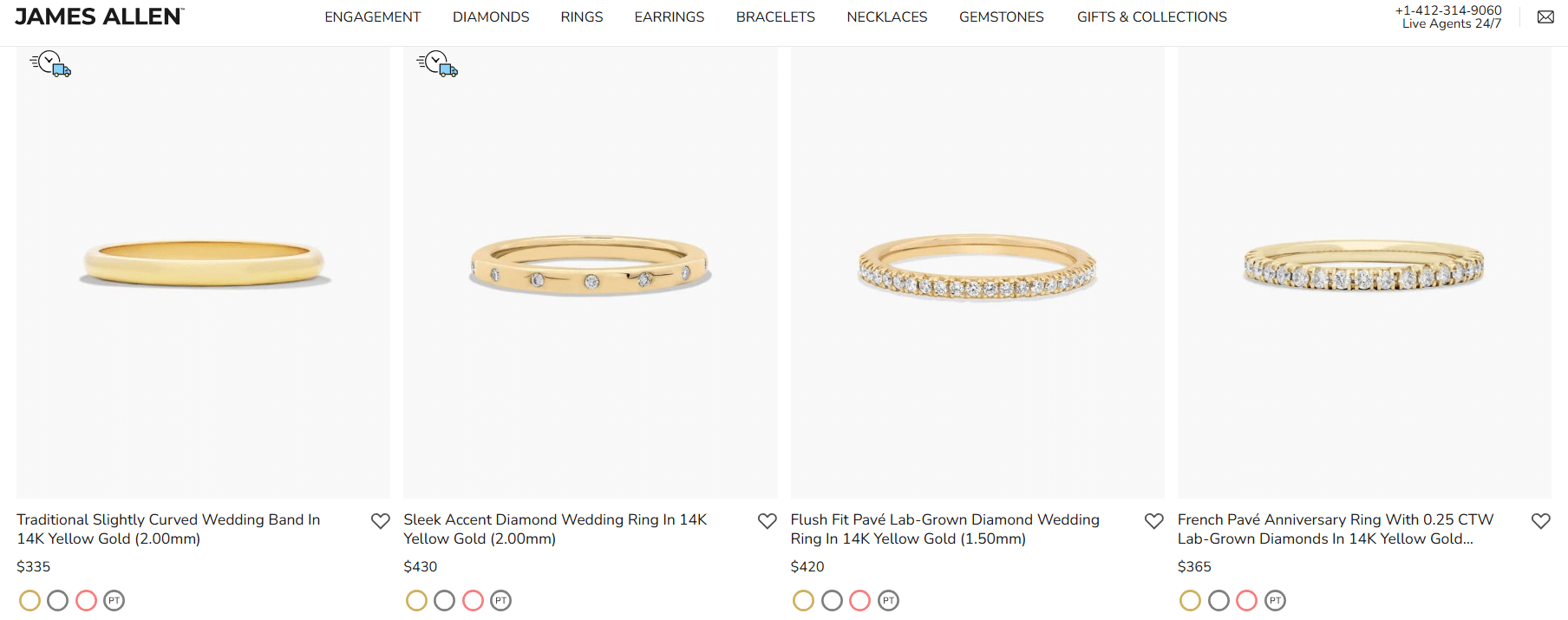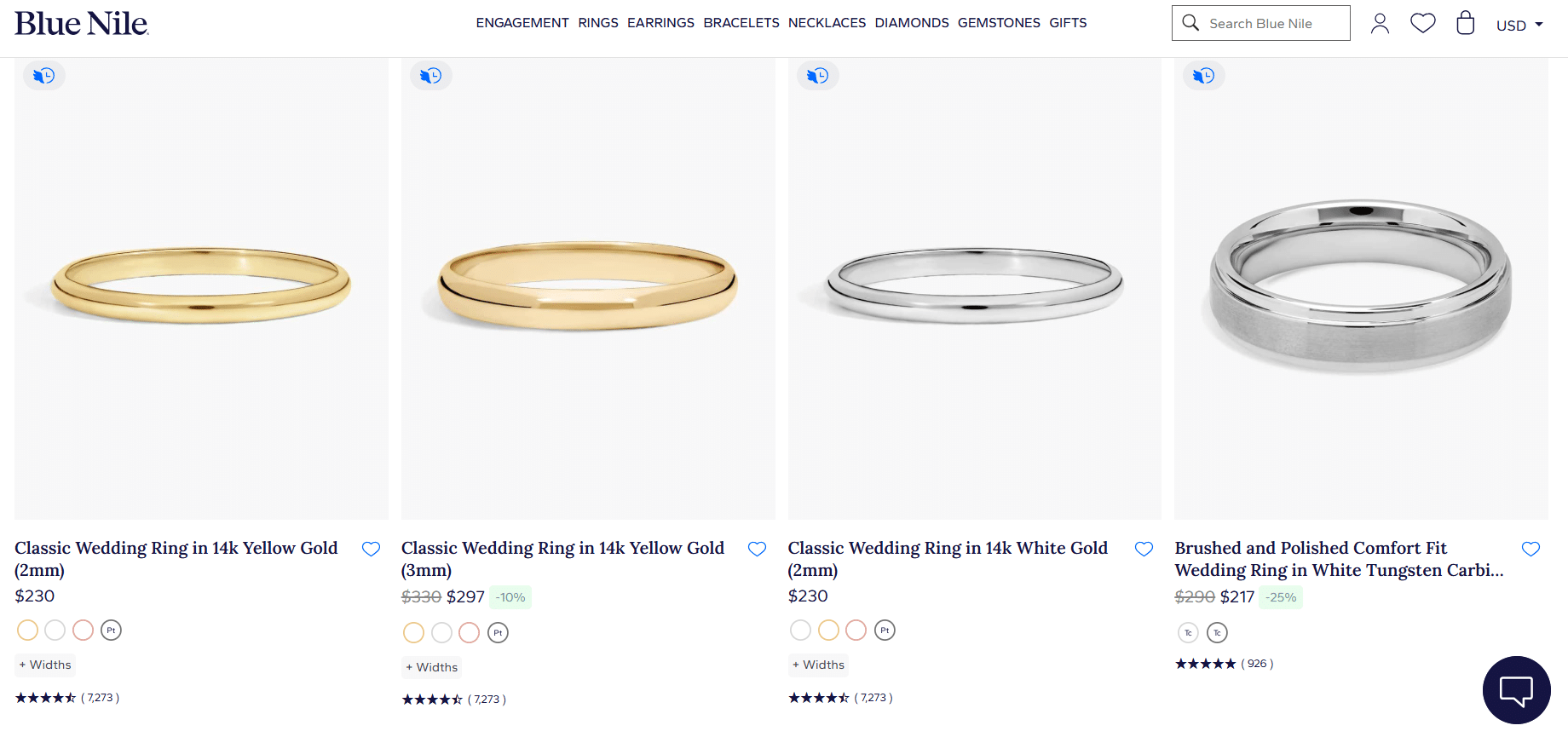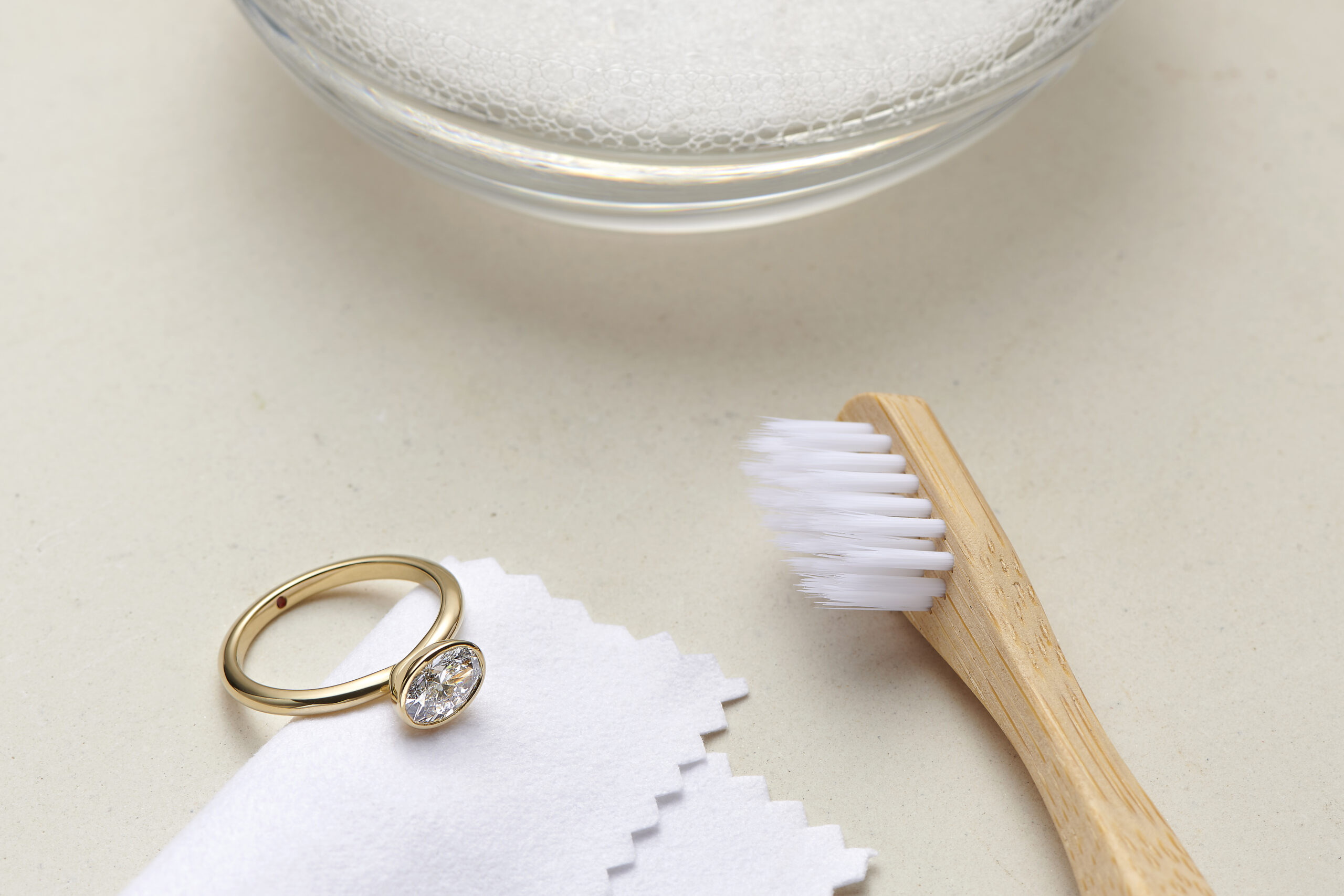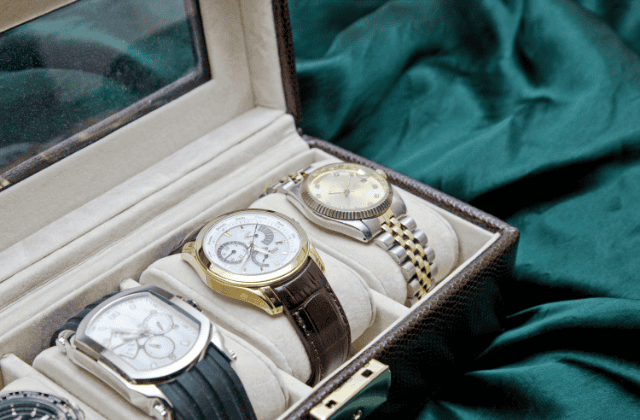Looking for a clear comparison between gold filled vs gold plated jewelry ?
Perfect — you’re in the right place!
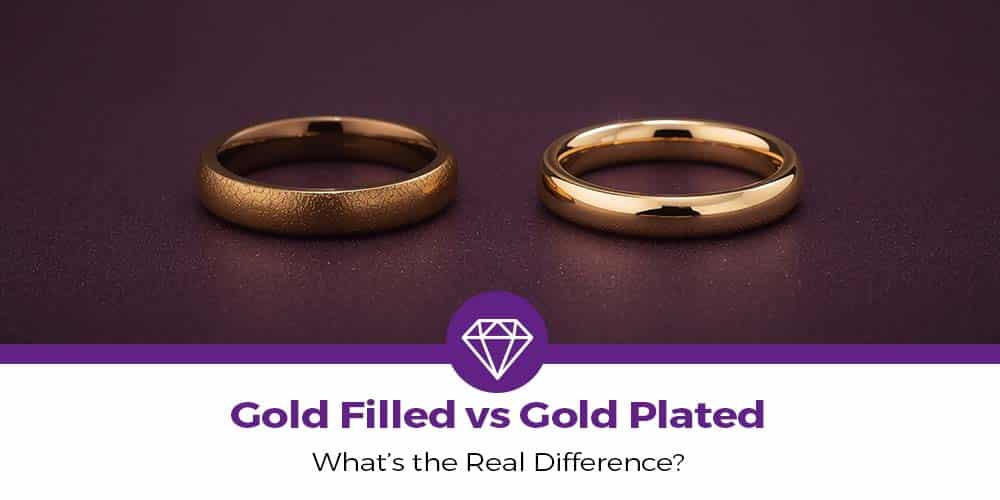
Let’s dive in and find out which type of gold jewelry is right for you.
Gold Filled vs Gold Plated: What’s the Real Difference?
When it comes to gold jewelry, Gold Filled vs Gold Plated pieces may look identical — but the real difference lies in how they’re made, how long they last, and how much real gold they contain.
Understanding these differences helps you choose jewelry that fits your budget and lifestyle.
Gold Plated Jewelry :
Gold plated jewelry is the most affordable alternative to solid gold. It’s made by applying a very thin layer of real gold (usually 10K–18K) over a base metal such as sterling silver, copper, or brass using electroplating.
When comparing Gold Filled vs Gold Plated jewelry, the main difference is in the thickness of the gold layer, which directly impacts durability and value.
Because the gold coating is so thin — often less than 0.05% of the piece’s total weight — it can fade with daily wear or water exposure.
If plated over sterling silver with at least 2 microns of gold, it’s legally called vermeil, a higher-quality form of gold plating.
🟡 Example: Jewelry stamped 14KGP or unmarked “gold-look” pieces are typically gold plated.
Gold Filled Jewelry :
Gold filled jewelry has a much thicker layer of real gold, mechanically bonded to a base metal (usually brass or nickel) under heat and pressure.
Legally, it must contain at least 5% real gold by total weight — up to 100× more than gold plated pieces.
This makes gold filled jewelry far more durable and tarnish-resistant, lasting 10–30 years with proper care.
You can identify it by markings like 14K GF, 1/20 14K GF, or Rolled Gold .
Click to shop elegant 14K gold rings from James Allen — all under $500.
Gold Filled vs Gold Plated: Key Differences :
💎1- Appearance :
Both gold filled and gold plated jewelry use real gold in their outer layers, giving them the same initial glow and luster as solid gold pieces.
However, gold plating fades much faster because the gold layer is extremely thin. Daily wear, sweat, and exposure to lotions or perfumes can make the underlying metal — often copper or brass — start to show through, giving the piece a dull or uneven tone.
Gold filled jewelry, on the other hand, contains multiple bonded layers of gold that are far thicker and more resistant to wear. With basic care and storage, gold filled pieces can maintain their shine for years, even with regular use.
In Gold Filled vs Gold Plated jewelry, the type of base metal plays a big role in how the piece ages.
If your jewelry has a sterling silver base, the silver tone may slowly peek through as the gold layer wears away.
If the base is copper or alloy, you might notice a reddish or tarnished hue over time, especially in thinner gold plated pieces.
🟡 Bottom line: Gold filled jewelry keeps its rich color and shine much longer, while gold plated jewelry tends to fade and lose luster more quickly.
Read also: Is black gold good for engagement rings?
🧱 2- Durability :
Durability is where gold filled jewelry clearly wins.
Because it must legally contain at least 5% real gold by total weight, it’s up to 100 times thicker than standard gold plating. This makes it far more resistant to tarnish, scratching, and flaking.
Gold plated pieces can start to wear off within months, especially with daily contact or moisture. Gold filled jewelry, by contrast, can last 10–30 years or more when properly cared for — making it a smarter choice for everyday wear.
💰 3- Price :
When it comes to price, both gold filled and gold plated jewelry are far more affordable than solid gold — but there’s a clear value difference.
Gold plated jewelry is the cheapest option, with rings and chains often priced under $50, and fashion pieces as low as $10.
Gold filled jewelry costs more, typically ranging from $50–$150, depending on the gold karat and design complexity.
Vermeil jewelry — which uses gold plating over sterling silver — falls in between, offering a higher-quality base metal at a moderate price.
🟡 In short: Gold plated jewelry gives you the gold look for less, while gold filled jewelry gives you durability and long-term value for a slightly higher cost.
Read Also : Rose Gold vs Yellow Gold: Understanding the Differences
Gold Filled vs Gold Plated Comparison Table :
| Feature | Gold Filled Jewelry | Gold Plated Jewelry |
|---|---|---|
| Appearance | Made with multiple bonded layers of real gold for a rich, lasting shine. Maintains its golden color for years with proper care. | Coated with an ultra-thin layer of gold that fades quickly with daily wear, revealing base metal underneath. |
| Durability | Up to 100× thicker than gold plating; highly resistant to tarnish, scratches, and flaking. Can last 10–30 years. | Thin electroplated layer wears off within months, especially when exposed to moisture, sweat, or friction. |
| Gold Content | Legally must contain at least 5% real gold by total weight. | Usually less than 0.05% gold — just a surface coating. |
| Price Range | Typically $50–$150, depending on karat and design. Offers excellent long-term value. | Often under $50; ideal for short-term fashion or trend jewelry. |
| Base Metal | Commonly brass or nickel, bonded with real gold using heat and pressure. | Often copper, brass, or sterling silver, coated via electroplating. |
| Maintenance | Requires minimal upkeep; retains shine with proper storage and occasional cleaning. | Needs frequent cleaning and careful handling to avoid fading or discoloration. |
| Best For | Everyday wear, long-term durability, and real-gold appearance. | Occasional or trend-based wear when you want the gold look for less. |
Click to shop elegant 14K gold infinity rings from Blue Nile — all under $300.
How to Tell If Jewelry Is Gold Filled or Gold Plated :
Telling the difference between gold filled and gold plated jewelry isn’t always easy — both can look nearly identical to the naked eye. But with a few simple checks, you can spot the difference in minutes.
🔍 1. Check for Stamps or Hallmarks
Most gold filled jewelry is legally required to have a clear marking, such as:
“1/20 14K GF”
“14KGF” or “12KGF”
These indicate that 1/20th (5%) of the item’s total weight is real gold.
Gold plated jewelry, on the other hand, may have markings like:
“GP”, “GEP”, or “HGE” (meaning Gold Plated, Gold Electroplated, or Heavy Gold Electroplate)
Many fashion pieces don’t have any stamp at all — a strong sign they’re simply plated.
⚖️ 2. Look at the Color and Wear
Over time, plated jewelry tends to fade or change color, especially in areas that rub against the skin — like the underside of rings or necklace clasps. The base metal (usually copper or brass) will start to show through.
Gold filled jewelry maintains its tone much longer, showing little to no discoloration even after years of wear.
💧 3. Observe Reaction to Water and Sweat
Water, perfumes, and lotions easily damage gold plated jewelry, causing dullness or flaking.
Gold filled jewelry is more resistant — it might lose a bit of shine over time, but it won’t peel or chip the way plating does.
🧲 4. Check the Weight and Feel
Gold filled jewelry usually feels heavier and more solid because of the thicker gold layer and higher-quality construction. Plated jewelry often feels light or hollow.
🧪 5. Get It Professionally Tested
If you’re still unsure, a jeweler can perform an acid test or XRF test to measure the gold layer’s thickness. It’s the most accurate way to confirm if your piece is gold filled or gold plated.
Read Also : White Gold vs Yellow Gold: Key Differences Beyond Color
💬 FAQs: Gold Filled vs Gold Plated Jewelry :
1. Is gold filled better than gold plated for everyday wear?
✅ Yes — gold filled jewelry is much better for daily use.
It contains a thick, heat-bonded layer of real gold (about 5% of its total weight), which makes it highly resistant to fading, tarnish, or peeling.
Gold plated jewelry, on the other hand, has only a thin surface coating that wears off easily with sweat, friction, or exposure to water.
👉 If you plan to wear your jewelry every day, go for gold filled — it lasts 10–30 years with proper care.
2. How to tell if jewelry is gold filled or gold plated?
Look for the stamps or hallmarks on the jewelry:
Gold Filled: 14K GF, 1/20 14K GF, or Rolled Gold
Gold Plated: 14K GP, GEP, or HGE
Gold filled pieces also tend to feel heavier and maintain their color longer, while plated jewelry often looks lighter and may show base metal after a few months.
3. Which lasts longer — gold filled or gold plated?
Gold filled jewelry lasts far longer.
It can keep its shine and color for 10–30 years, while gold plated jewelry may start fading within a few months depending on usage and exposure.
The thicker gold layer in gold filled pieces offers superior durability and resistance to wear.
4. What are the best gold filled jewelry brands?
Some trusted brands known for high-quality gold filled jewelry include:
Mejuri – Minimalist everyday pieces with 14K gold filled designs.
GLDN – Personalized gold filled necklaces and bracelets.
Made by Mary – Durable, hypoallergenic gold filled jewelry.
Brook & York – Classic USA-made 14K gold filled pieces.
When shopping online, always check for the “GF” stamp and details about karat and thickness.
5. Is gold filled vs gold plated jewelry allergy-safe?
Both use real gold on the surface, but gold filled is safer for sensitive skin.
Because it has a thicker, sealed layer of gold, it prevents contact with nickel or brass beneath.
Gold plated jewelry can wear off quickly, exposing the base metal — which can cause skin irritation or allergic reactions for some people.
👉 If you have sensitive skin, always choose gold filled or vermeil jewelry.

